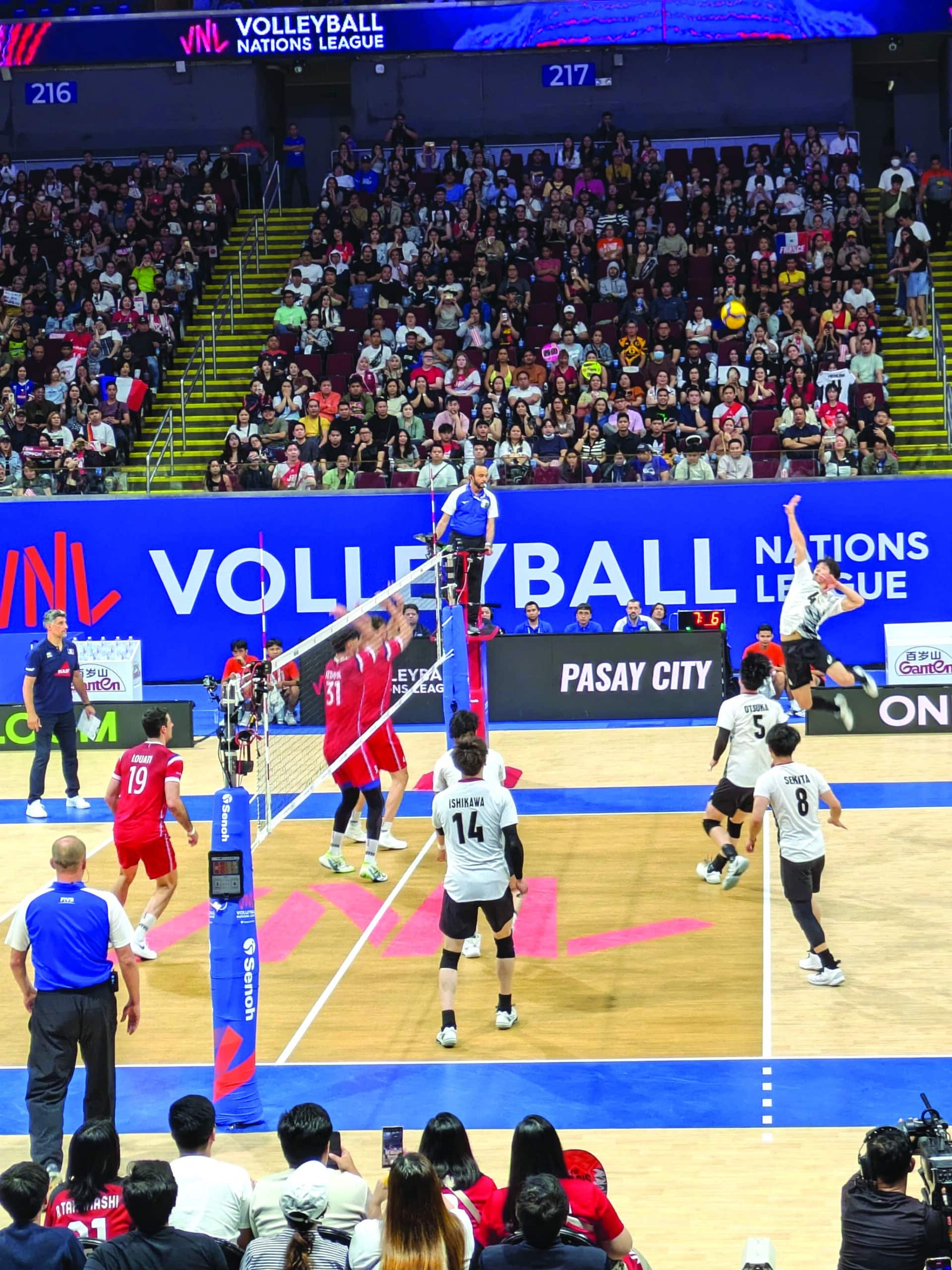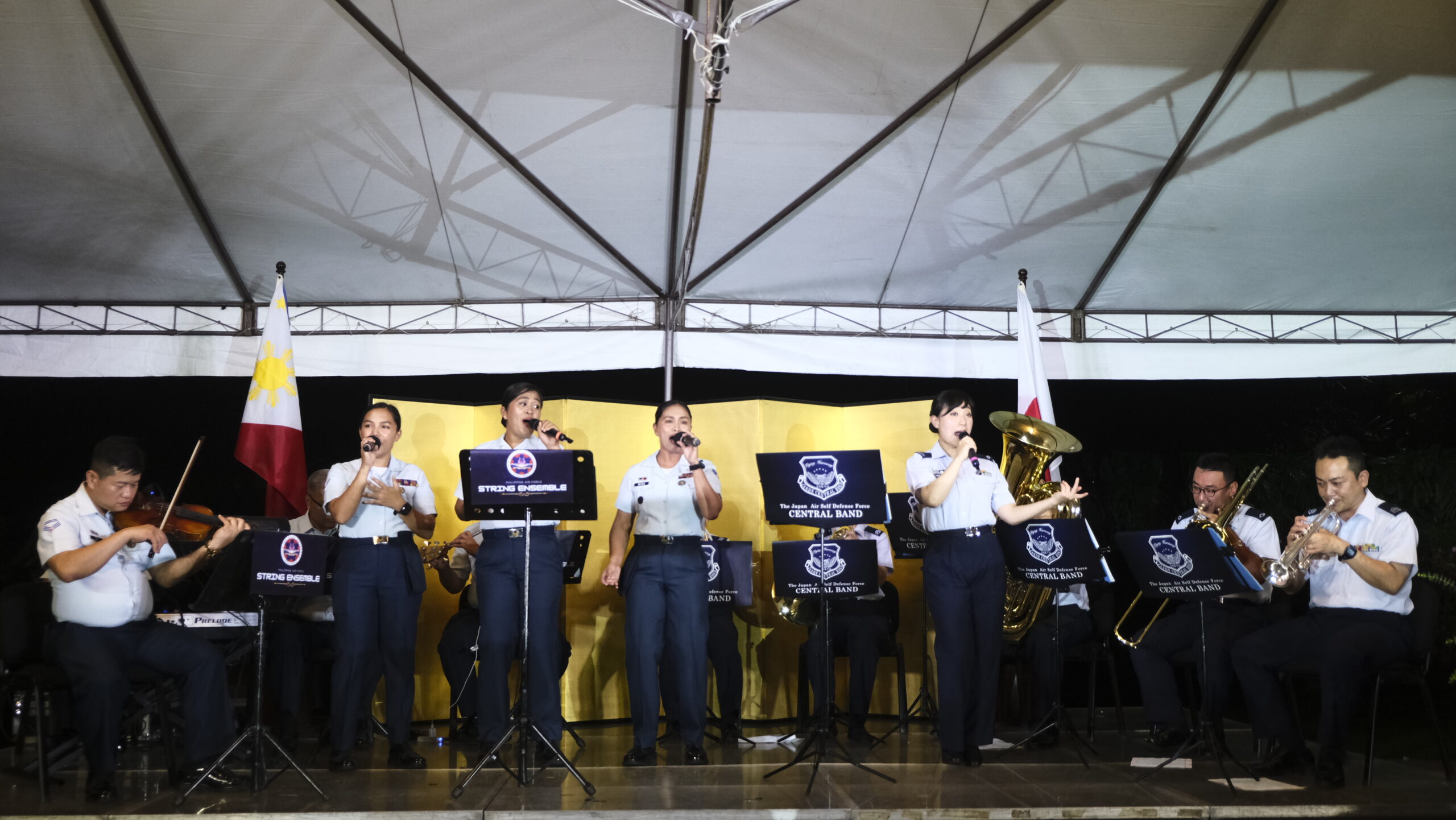Pathways of Progress for Stronger Japan-Philippines Ties

Ambassador ENDO Kazuya presented his credentials as newly appointed Japanese envoy to the Philippines to President Ferdinand Marcos Jr. PRESIDENTIAL COMMUNICATIONS OFFICE, 2024
Mabuhay! Ako po si Endo Kazuya, maaari n’yo rin akong tawaging “Kuya Kazuya.” I have had the distinct honor of serving as the Ambassador of Japan to the Philippines since April this year. While my tour of duty is still unraveling, I have found myself profoundly roused by the dynamic developments in Japan-Philippines relations.
Since our two nations became strategic partners in 2011, our relationship has flourished, evolving into a bond of indispensable neighbors across the ocean, united by shared values and key interests. I felt this through all my meetings in the four months since my arrival, including my calls to leaders of this country President Marcos Jr., the Senate President, the House Speaker, and Cabinet Secretaries.
The steadfastness of our cooperation is evident. Last year, President Marcos made two visits to Japan and Prime Minister Kishida reciprocated with a historic visit to the Philippines. These visits underscored our robust and expanding partnership. Our bilateral collaboration is extending toward trilateral efforts as the first ever US-Japan-Philippines Summit in Washington, D.C., on April 11 which clearly represented how our cooperation is needed. Together, our three countries were determined to vigorously promote not only security cooperation but also cooperation in the economic field. This extends to the Luzon Economic Corridor, strengthening of supply chains for critical goods like semiconductors and critical minerals, and enhancing ties in the information and communications sector, particularly through Open RAN cooperation. The inaugural steering committee meeting on the Luzon Economic Corridor held on May 21, signifies our commitment to forwarding infrastructure cooperation. Japan’s contribution to the Metro Manila Subway Project and the North-South Commuter Railway Project further illustrates our dedication to these efforts.

Japanese Prime Minister Fumio KISHIDA and President Ferdinand Marcos Jr. PRIME MINISTER’S OFFICE OF JAPAN, 2023

A 50-year Filipino Dream: PM Kishida explored the site of the Metro Manila Subway Project during this first official visit to the Philippines.

Brand new train sets from the Sumitomo Corporation and J-TREC for the Japan-funded North-South Commuter Railway Project.
And with the memories still fresh, Foreign Minister KAMIKAWA Yoko and Defense Minister KIHARA Minoru visited the Philippines and held the 2nd Japan-Philippines 2+2 Meeting with Foreign Affairs Secretary Manalo and Defense Secretary Teodoro on July 8. Earmarking this pivotal strategic engagement, the Japan-Philippines Reciprocal Access Agreement (RAA), with the purpose of facilitating the smooth implementation of joint exercises, disaster relief, and other cooperative activities by the two countries, was signed in Malacañang in the presence of President Marcos and is expected to enhance interoperability between the forces of the two countries.
Article continues after this advertisement
The RAA was signed at the Malacañang Palace after Foreign Minister KAMIKAWA Yoko and Defense Minister KIHARA Minoru paid a Courtesy Call on President Ferdinand R. Marcos Jr. MINISTRY OF FOREIGN AFFAIRS OF JAPAN, 2024
At the Japan-Philippines 2+2 meeting, the four ministers expressed their strong opposition to any attempt to unilaterally change the status quo in the East China Sea and the South China Sea by force or coercion, shared serious concerns over actions which increase tensions in the region, particularly the recent dangerous activities at Second Thomas Shoal, and concurred to call for the adherence to international law, in particular the United Nations Convention on the Law of the Sea. Building on these efforts, we intend to further promote security and defense cooperation between the Japan Self-Defense Forces and the Armed Forces of the Philippines.

Japan, Philippines, US, and Canadian Navies participating in the multilateral Maritime Cooperative Activity in the Philippines’ EEZ.

State Minister of Defense ONIKI Makoto and Ambassador ENDO Kazuya with officials from the Department of National Defense, including Sec. Gilberto C. Teodoro Jr., during the handover of the TPS-P14ME Mobile Air Surveillance Radar System.
Since I came to the Philippines, I have been remarkably impressed by one fact: that so many Filipinos visit Japan and enjoy Japanese culture. Between January and May of this year, a record high of about 340,000 Filipinos explored Japan, immersing themselves in its rich culture. With the upcoming Expo 2025 in Osaka, Kansai, Japan next year, featuring the Philippine Pavilion, we hope that Filipinos will continue to experience Japan’s diverse attractions.

Japan Airlines’ Myaku-Myaku Jet at the Ninoy Aquino International Airport in celebration of the 2025 Japan International Exposition.
I am also looking forward to visiting the different regions of the Philippines myself. In my tour of the Philippines so far, I have visited Bataan Province in April to attend the 82nd “Day of Valor” commemoration, the Bangsamoro Autonomous Region in Muslim Mindanao (BARMM) in June, and Cebu in July to attend the opening ceremony of the Taiheiyo Cement’s new plant. In the BARMM, I was able to have fruitful discussions with local officials on issues such as the efforts of the Bangsamoro Parliament to consolidate democracy and the achievements of the peace process, as well as its future challenges, while in Cebu, I explored possibilities for how Japan can best develop its relationship with Cebu. I look forward to visiting more areas of the Philippines in the future.
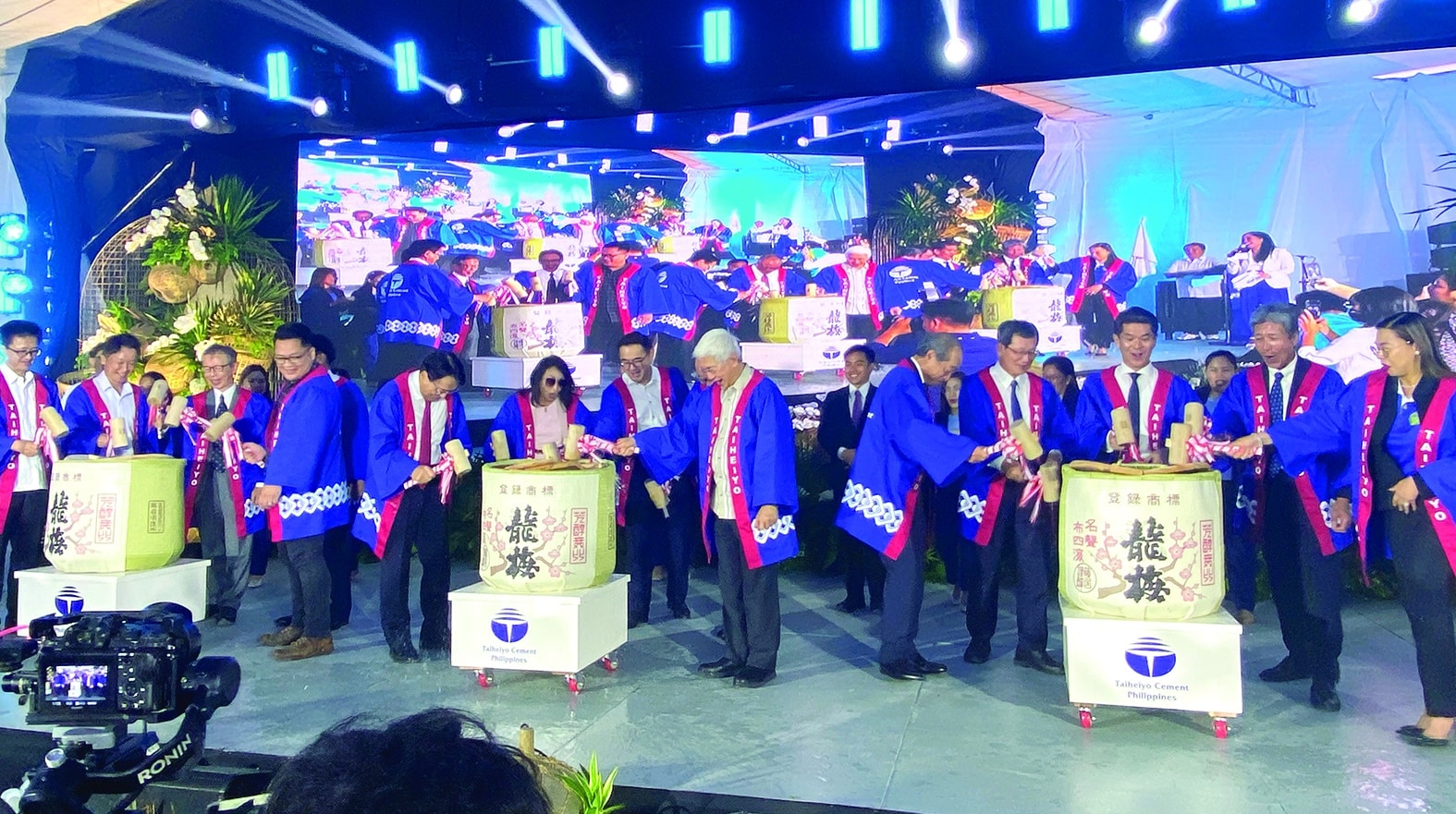
LAYING THE GROUNDWORK FOR STRONGER FRIENDSHIP: Ambassador ENDO attends the inauguration of a Japanese company’s new cement production line in San Fernando, Cebu
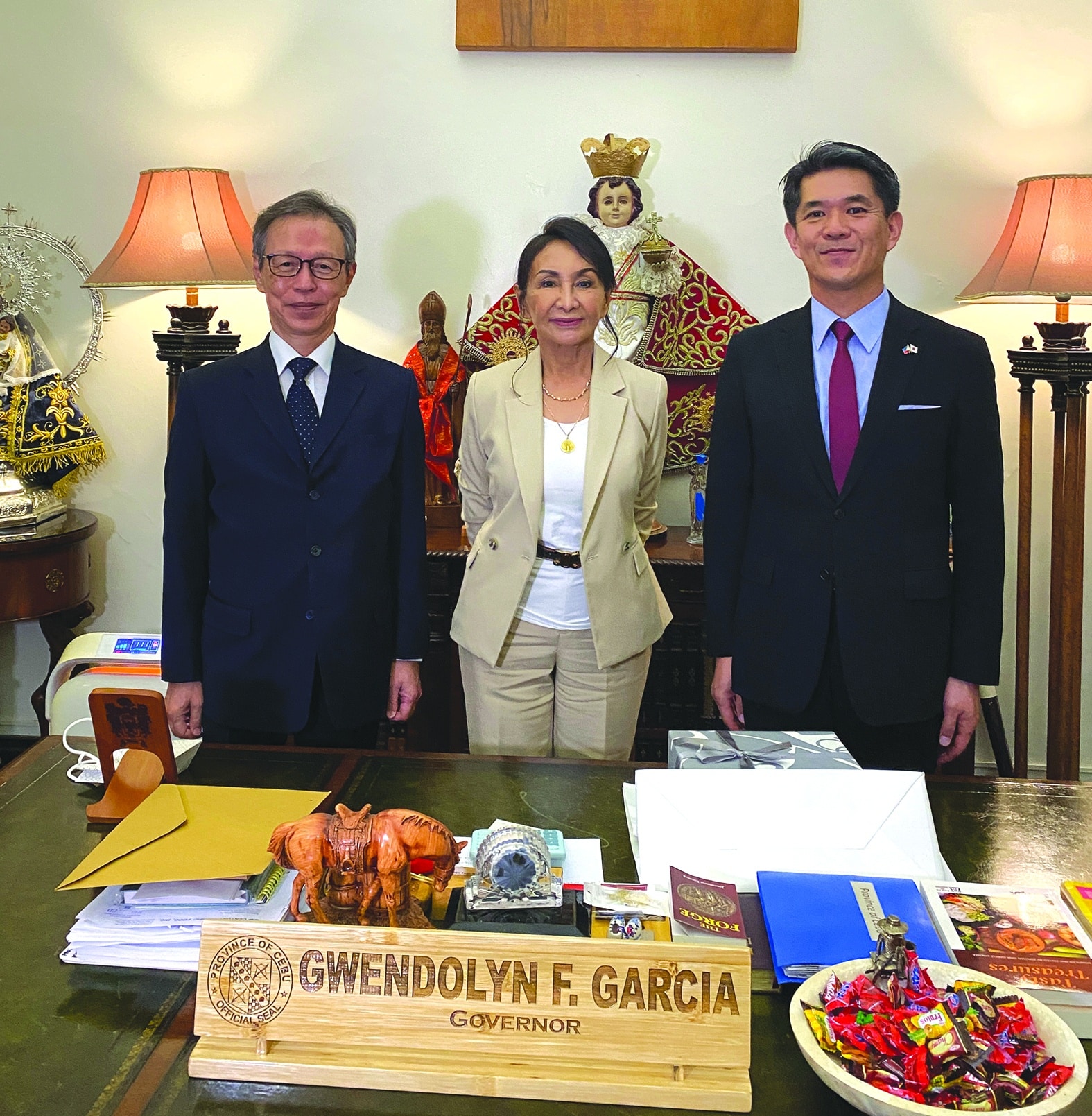
Ambassador ENDO Kazuya together with Consul General MATSUO Hideaki of the Consulate General in Cebu pays courtesy call on Cebu Governor Gwendolyn Garcia.

Ambassador ENDO Kazuya with Bangsamoro Autonomous Region in Muslim Mindanao Chief Minister Ahod Balawag Ebrahim

Ambassador ENDO Kazuya at the handover ceremony for the Project on Enhancing Food Security and Livelihood in Bangsamoro in Parang, Maguindanao del Norte.
Just as the Philippines has been eyeing Japan for collaborative ventures, Japan has been keeping an equally keen eye out for business opportunities in the Philippines. At present, UNIQLO has the largest number of stores in the Philippines among Southeast Asian countries, and Nitori, which opened in the Mitsukoshi BGC this April, is also set to attract many customers. In addition, the Hankyu Corporation will be participating in the operation and maintenance of the LRT Line 1 in cooperation with JICA, which is expected to further cooperation between Japan and the Philippines in the railroad sector. It is also worth mentioning that Japanese companies are also participating in the MRT Line 3 project, the very line that Minister Kamikawa performed a test ride on during her visit last month.
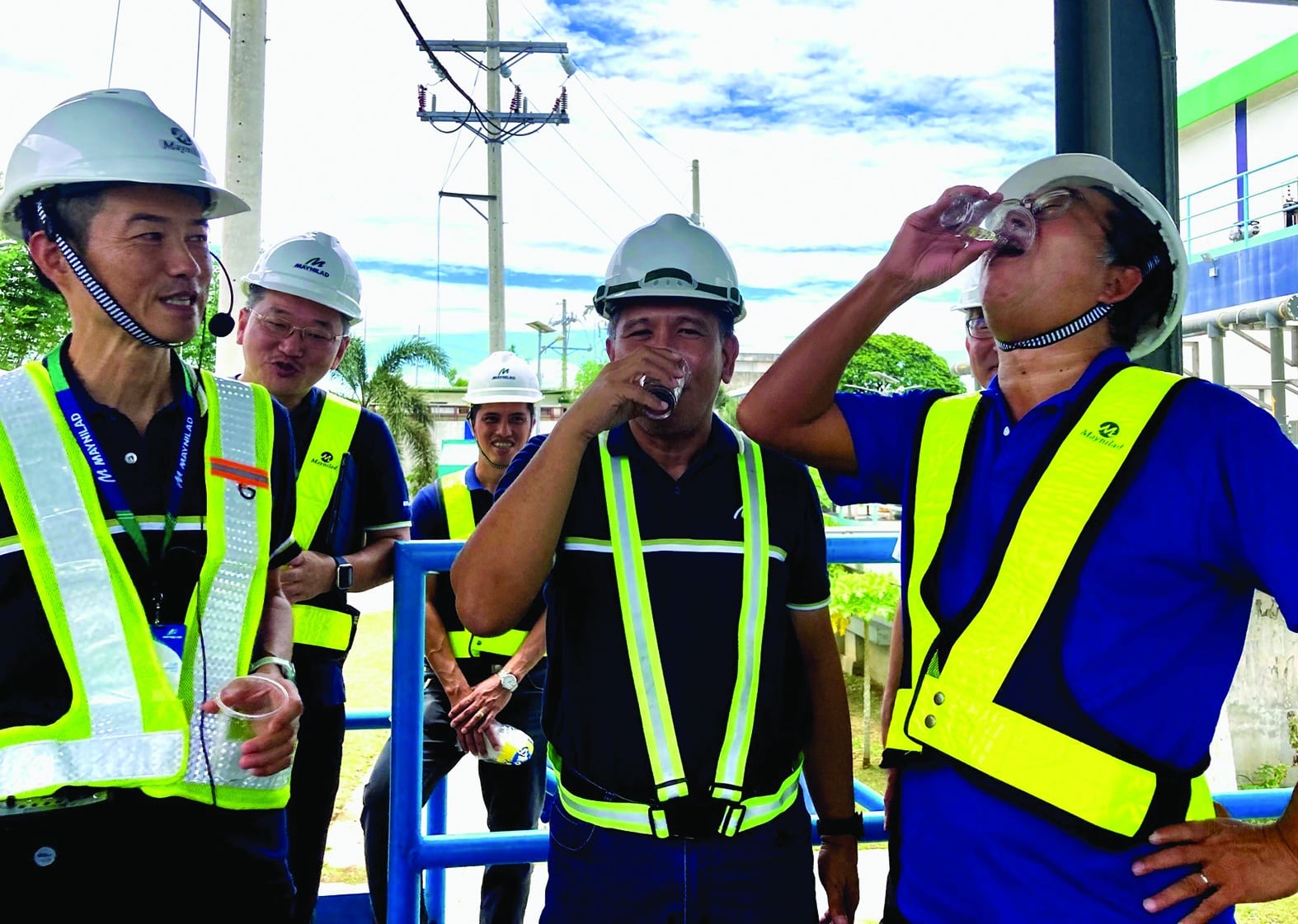
With the support of Marubeni and JICA, Maynilad has achieved the Parañaque New Water Treatment Plant which is the first in Asia to produce drinkable water after proper sewage treatment. ©JICA PHILIPPINES
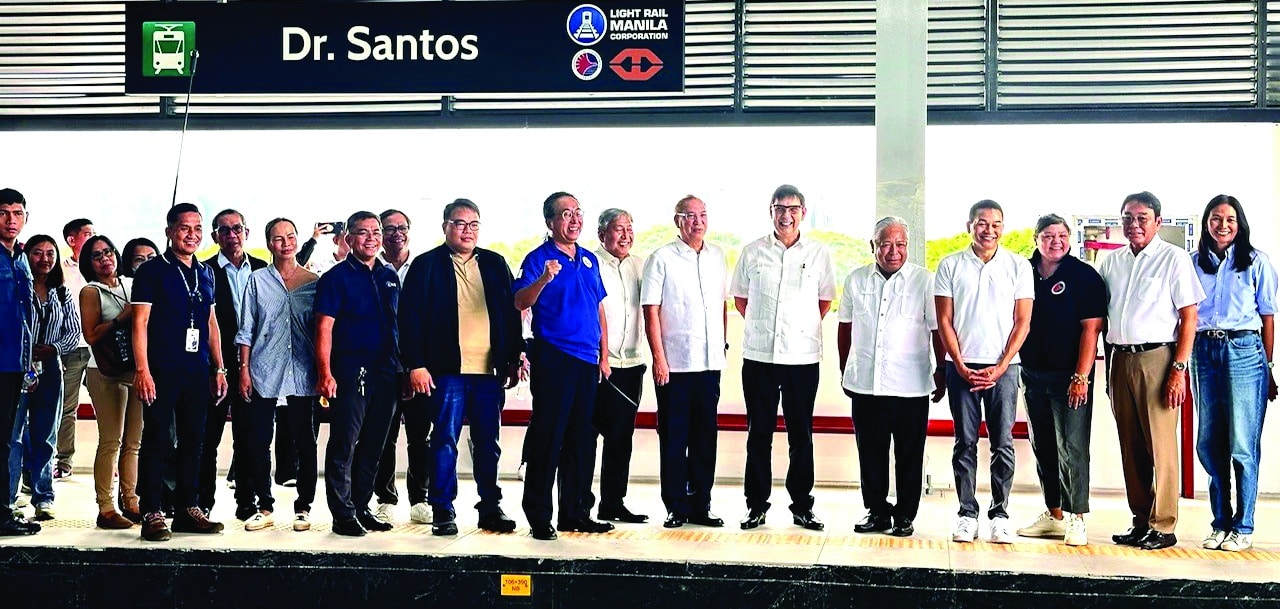
Japan/JICA supports LRT1 south extension to Parañaque, scheduled by the end of this year. ©JICA PHILIPPINES
Culturally, it is heartening to see Japanese anime captivating Filipino audiences. Throughout the year, events inspired by the cultural phenomenon are being held with hundreds of participants. While modern Japanese culture thrives, our traditional Japanese culture also holds a unique appeal that I feel is deserving of further introduction. On July 3, I attended the opening event of the Japan Foundation’s “Yakishime: Earth Metamorphosis” exhibition celebrating Yakishime, a traditional art form developed in Japan since the 12th century in which clay is molded under intense heat to produce exquisite ceramics. Such elegantly crafted Yakishime are currently on exhibit at the Metropolitan Museum of Manila in BGC until July 31, which I encourage all to visit, enjoy, and experience.

Ambassador ENDO Kazuya and Madame ENDO Akiko at the opening reception of “YAKISHIME – Earth Metamorphosis” exhibit by the Japan Foundation Manila.

Crowd favorite Team Japan versus reigning Olympic champion Team France at the 2024 Volleyball Nations League
The power of sports continues to unite our nations. In the men’s Volleyball Nations League held in Manila last June, the Japanese team performed remarkably thanks to the tremendous support of the Filipino fans. In women’s golf, Ms. SASO Yuka, who is Filipino-Japanese, won the U.S. Women’s Open Golf Championship for the second time. I would like to take this time to congratulate Ms. SASO Yuka for achieving such an exceptional feat.

A Musical Synergy: The Japan Air Self-Defense Force Central Band and the Philippine Air Force String Ensemble join together for a unique musical collaboration featuring medleys of Filipino and Japanese hits.
In two years’ time, Japan and the Philippines will celebrate the 70th anniversary of the normalization of diplomatic relations in 1956. Inspired by this upcoming milestone, I am determined to continue to promote Japan-Philippines relations in a wide range of fields.













